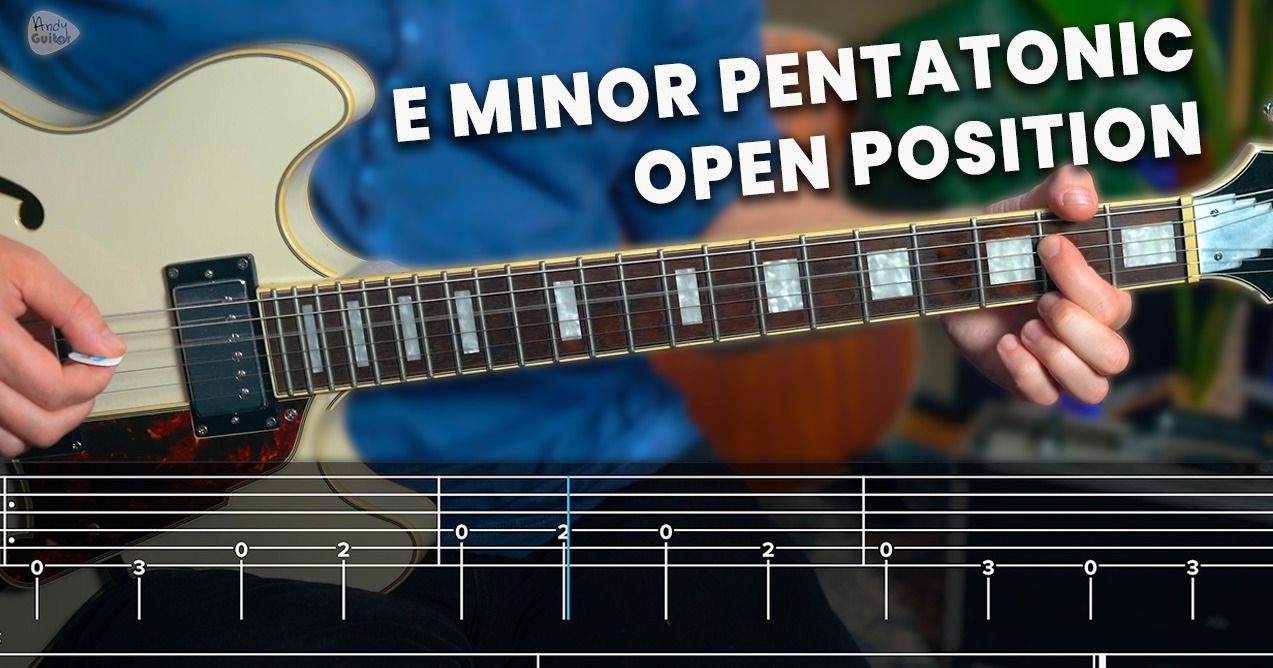In this video
The E minor pentatonic in open position might be the most used scale in electric guitar history. I'll show you why this scale is so crucial, starting with how it relates to the G major chord shape and uses the exact same notes as G major pentatonic. The key difference is that we start on the lowest E note, which gives the scale its name. We'll work through both octaves systematically, ensuring you understand proper ascending and descending technique without crossing back over yourself - a common mistake that disrupts the musical flow.
How E minor pentatonic shares the same notes and frets as G major pentatonic
Proper two-finger technique using index and middle fingers only
Lower octave pattern on thicker strings: 0-3-0-2-0-2 with correct turnaround points
Higher octave pattern on thinner strings where lead parts typically sit
Classic riff applications: "Shakin' All Over," "TNT," "20th Century Boy," "Misty Mountain Hop"
Why the thinner strings are for lead parts and thicker strings are for riffs
Building to four complete cycles without note mistakes as your practice goal

